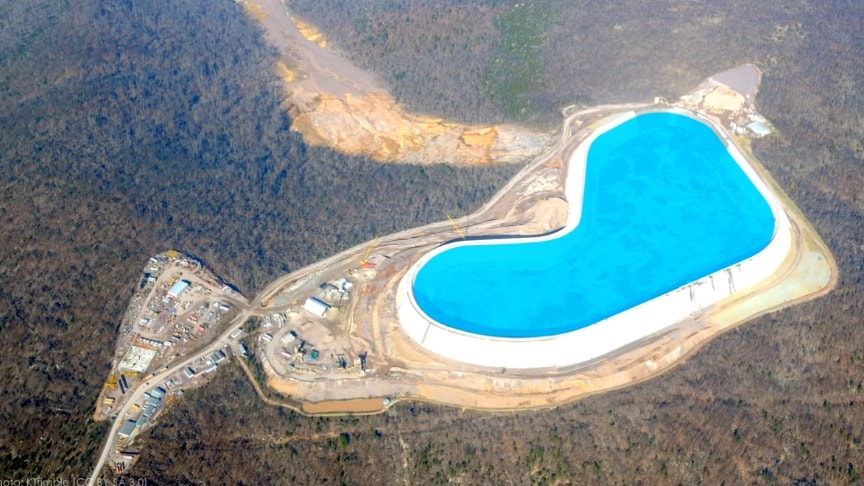The World’s Largest Batteries – Pumped Storage Hydroelectricity

Electricity faces a fundamental problem that comes with pretty much any product that’s provided on-demand: our ability to generate large amounts of it doesn’t match up that closely with when we need it. The storage of electricity for later use, especially on a large scale, is quite challenging. That’s not to say that we don’t store energy at grid scale though, and there’s one type of storage that makes up the vast majority of our current capacity.Practical Engineering
source/image: Practical Engineering
The Pumped-storage hydroelectricity, or pumped hydroelectric energy storage, is a type of hydroelectric energy storage used by electric power systems for load balancing. The method stores energy in the form of gravitational potential energy of water, pumped from a lower elevation reservoir to a higher elevation. Watch the video from Practical Engineering for more info:
The reservoirs used with pumped storage are quite small when compared to conventional hydroelectric dams of similar power capacity, and generating periods are often less than half a day.Pumped storage projects store and generate energy by moving water between two reservoirs at different elevations. At times of low electricity demand, like at night or on weekends, excess energy is used to pump water to an upper reservoir.
Advertisement
During periods of high electricity demand, the stored water is released through turbines in the same manner as a conventional hydro station, flowing downhill from the upper reservoir into the lower and generating electricity. The turbine is then able to also act as a pump, moving water back uphill.
https://ift.tt/2qXpHbJ